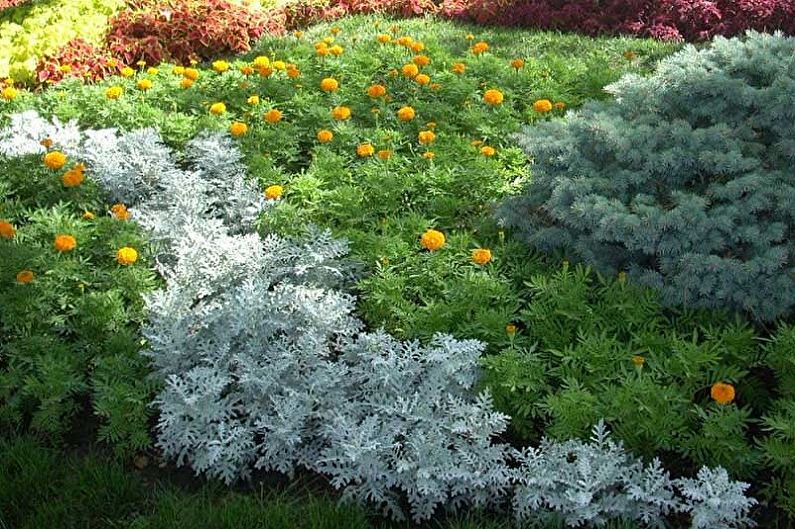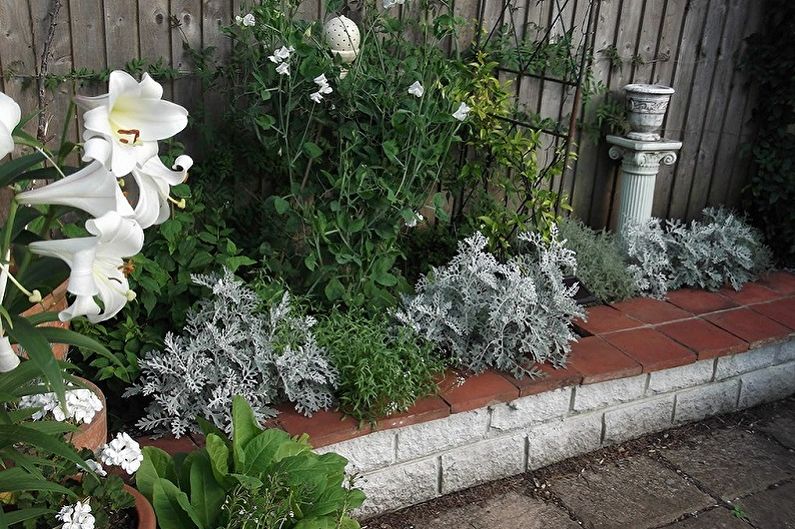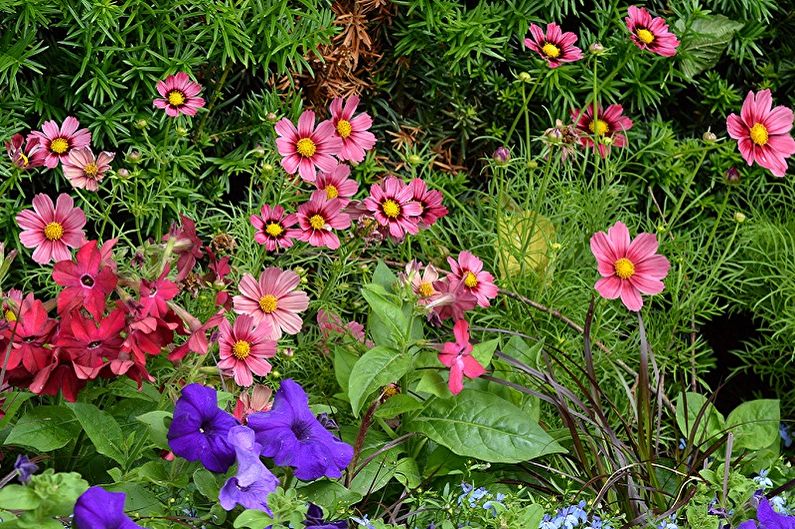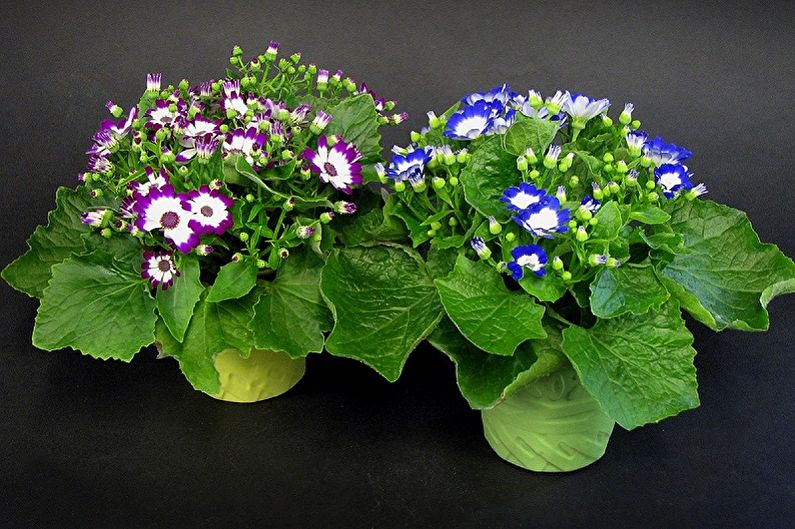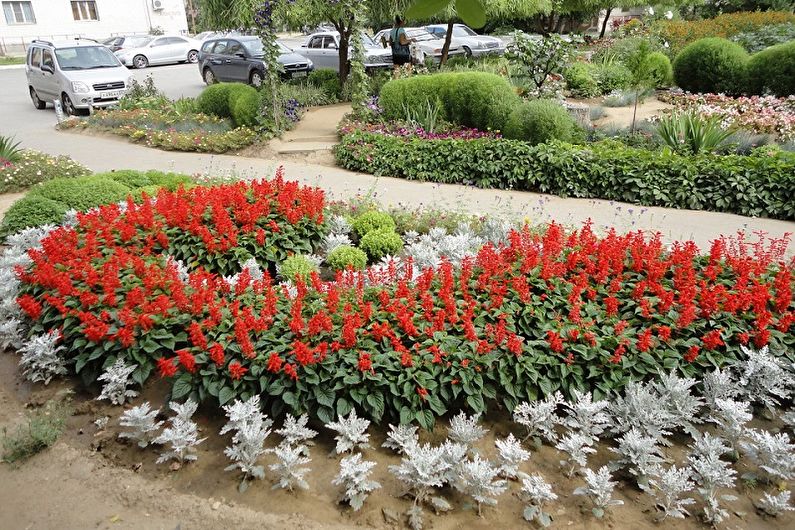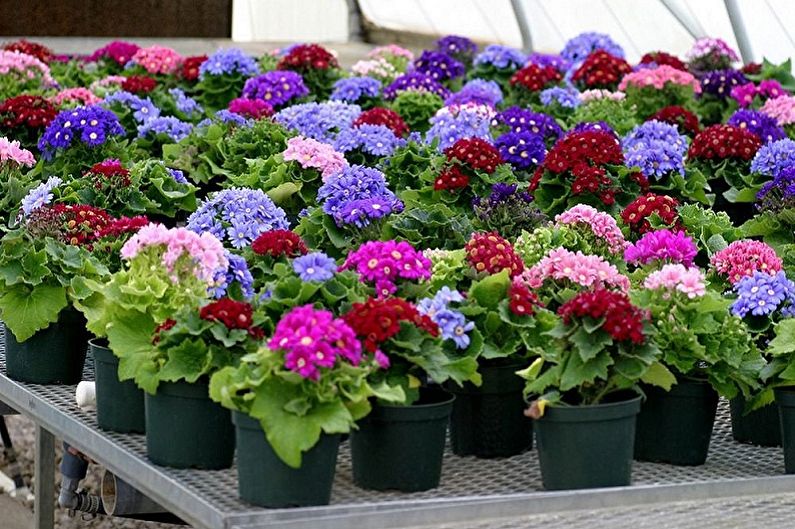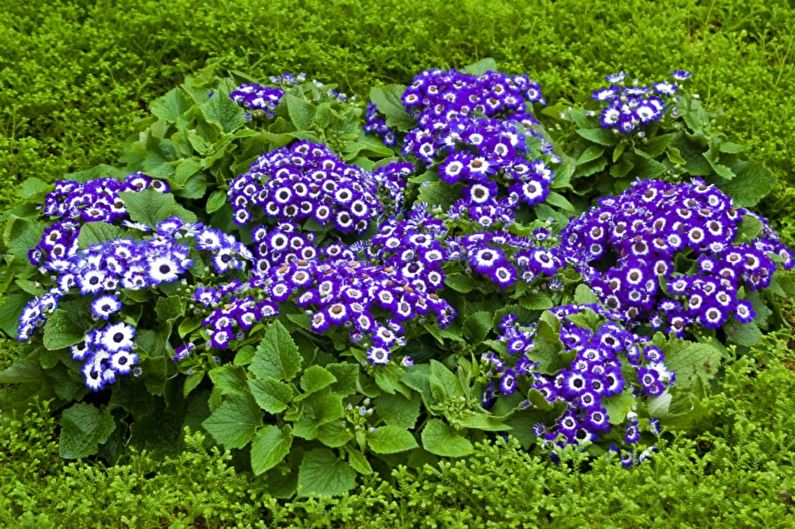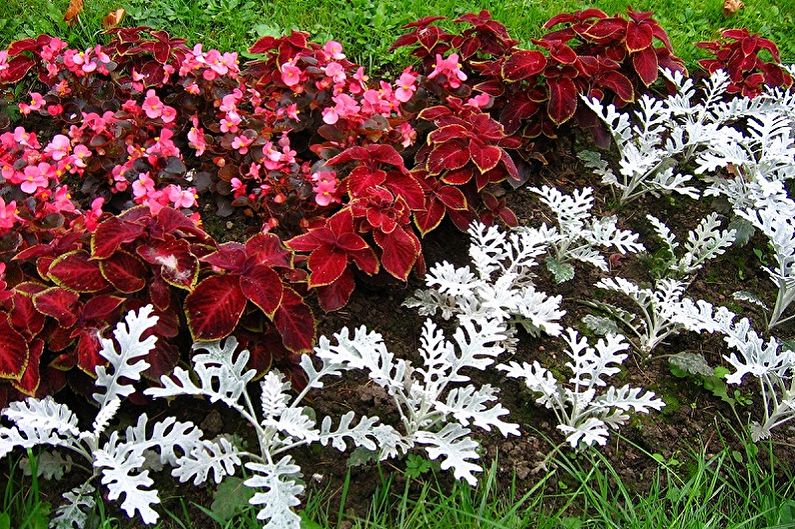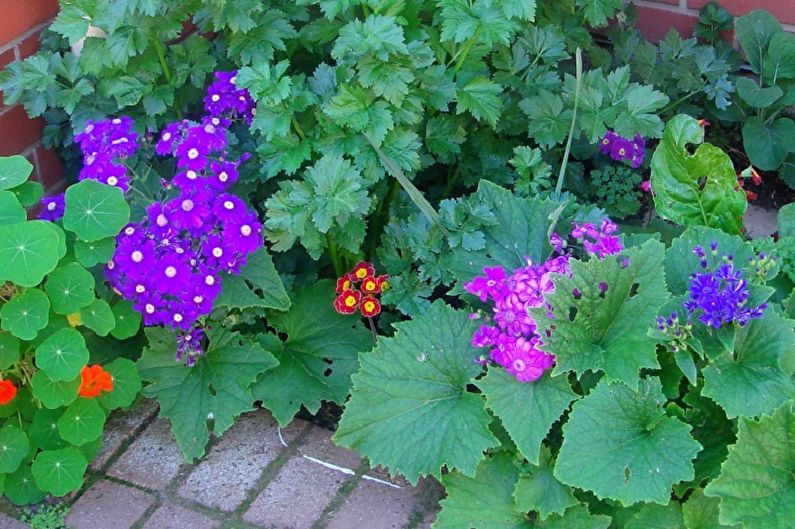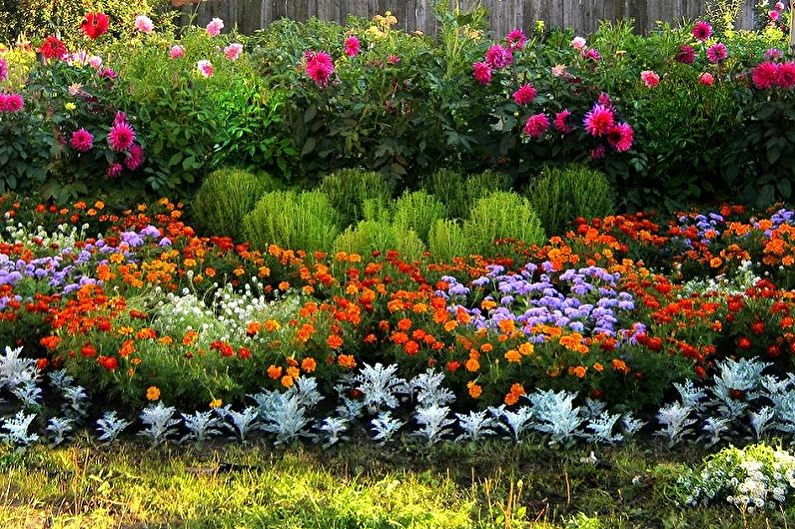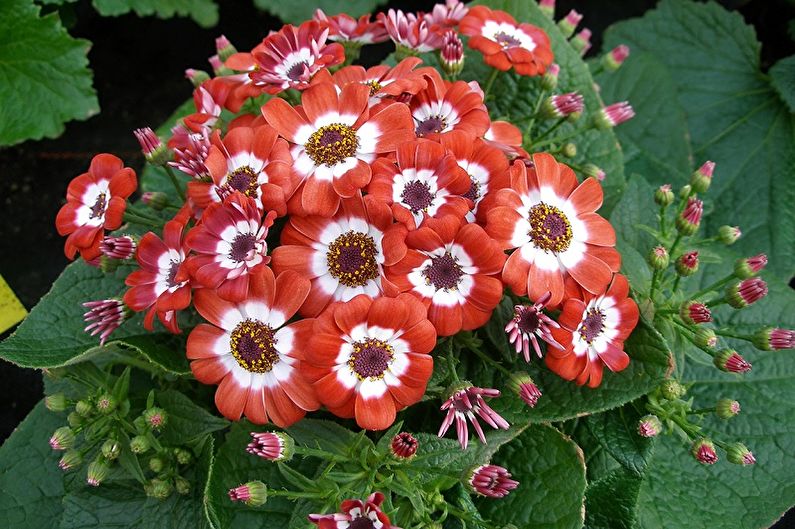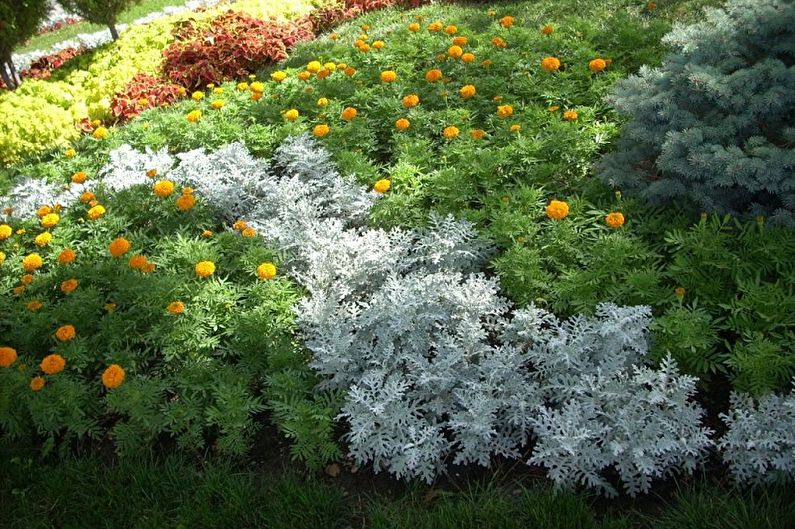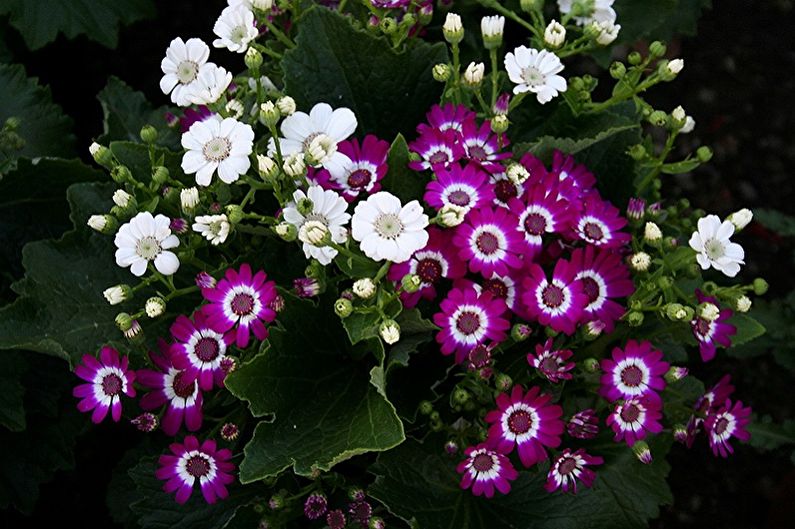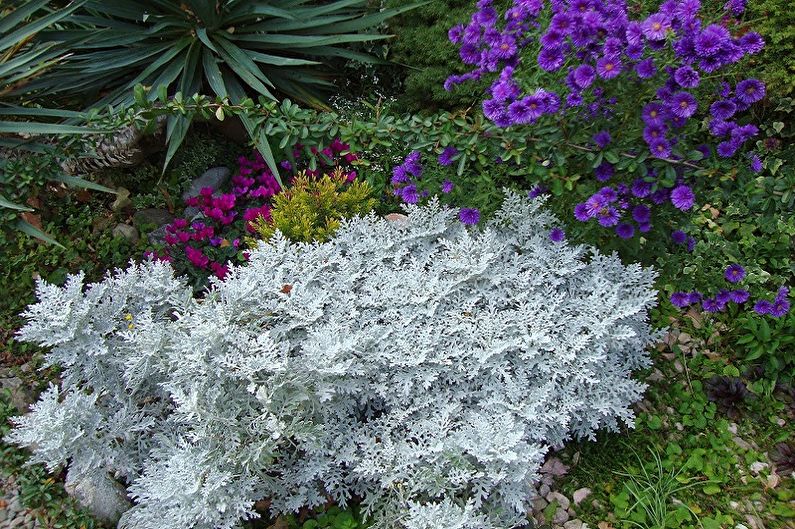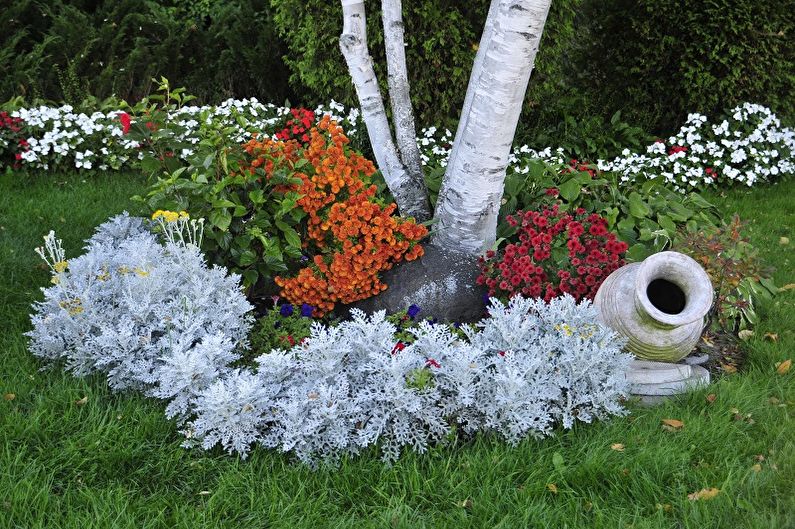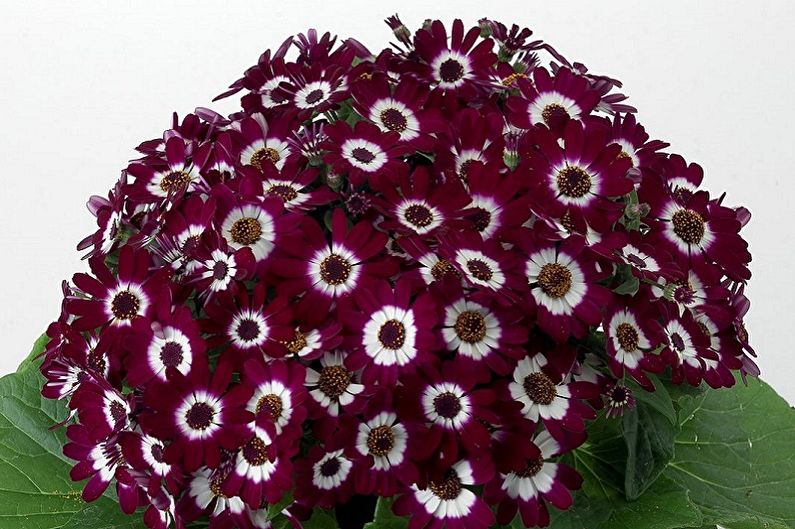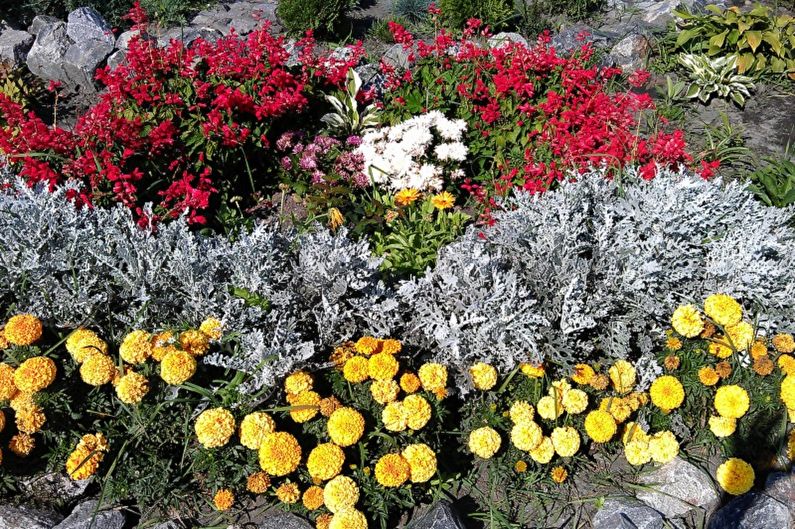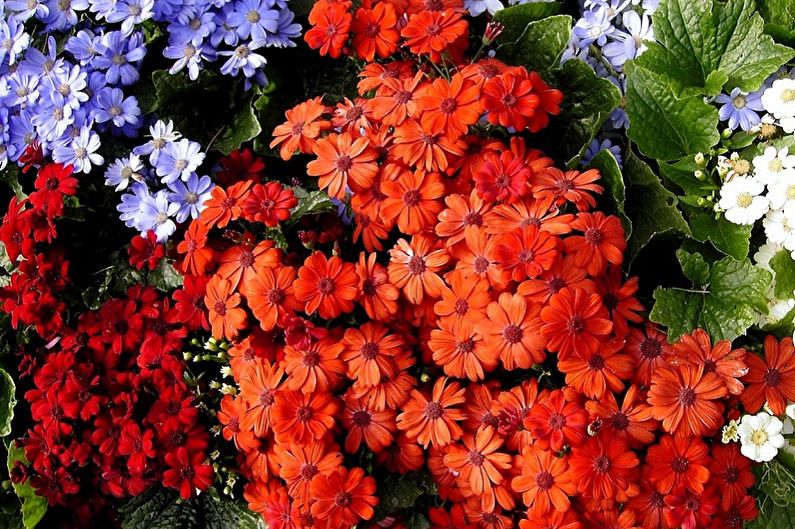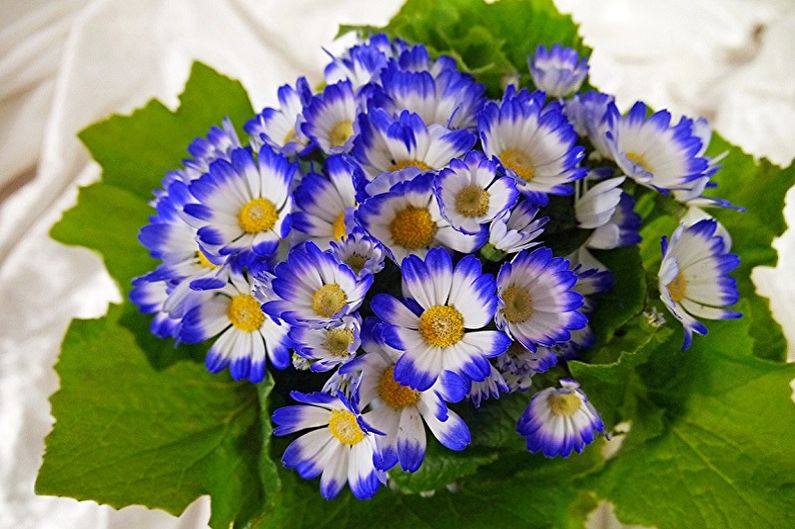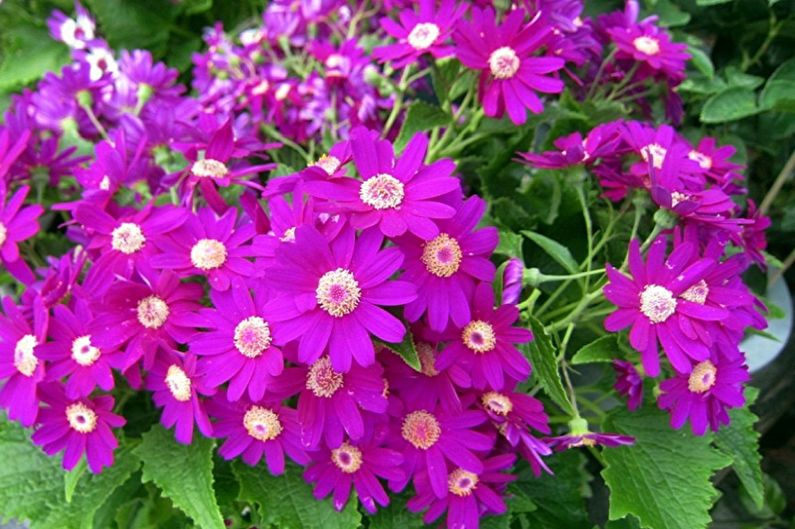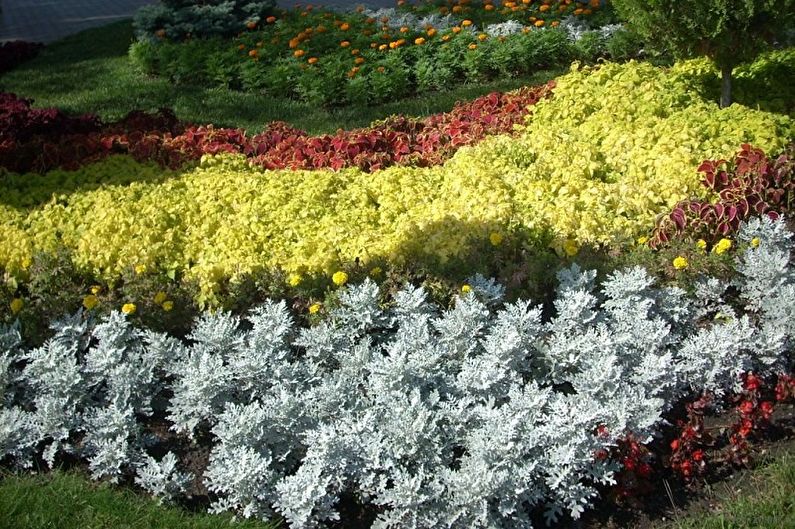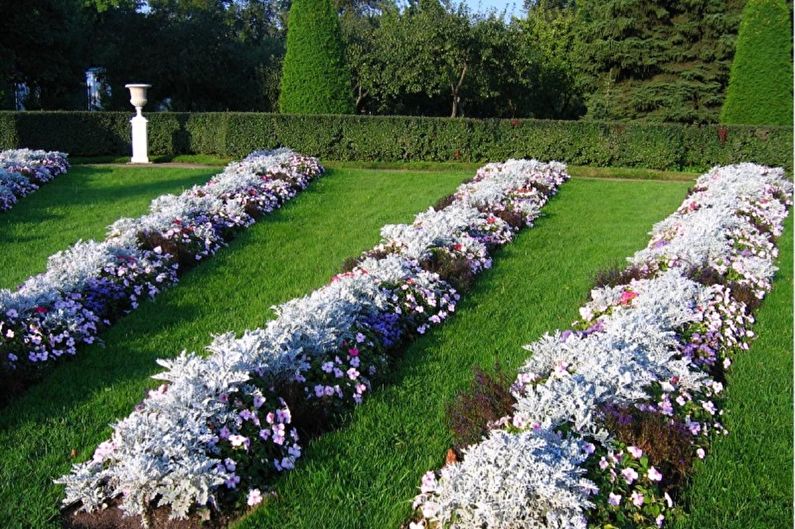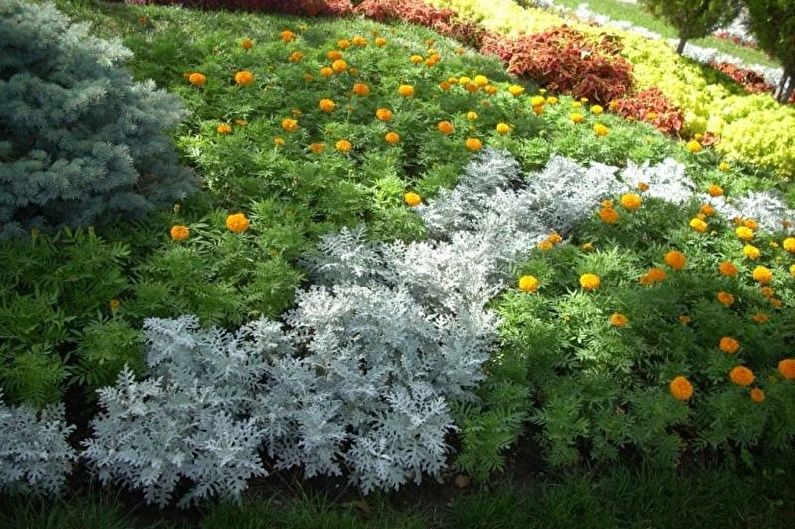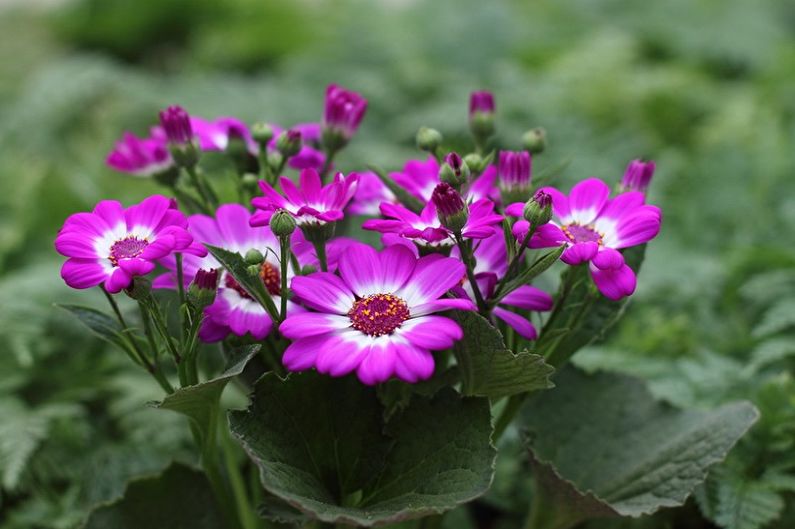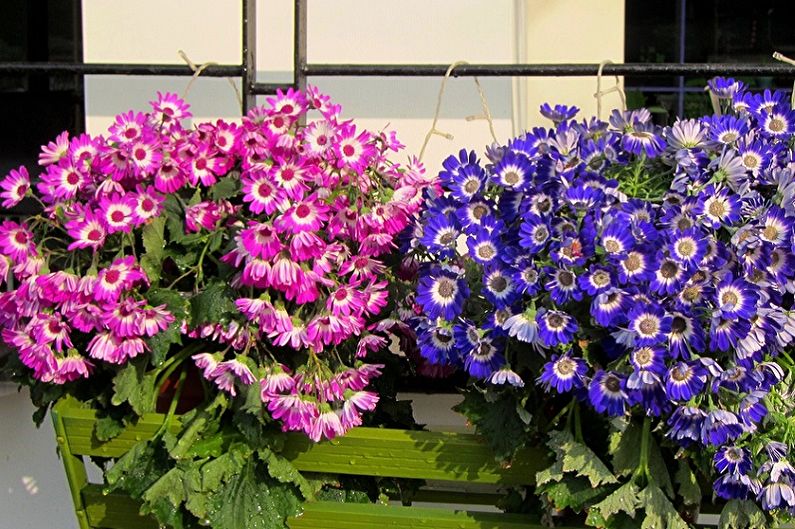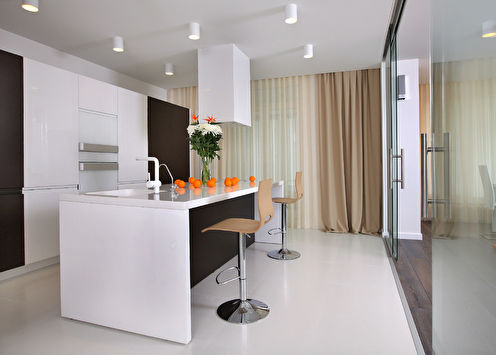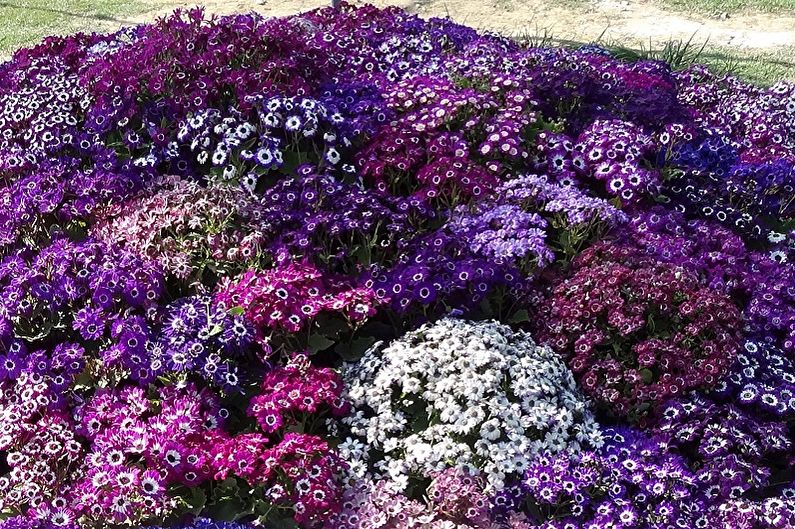
Cineraria is a bright and beautiful plant of the aster family. Her homeland is South Africa, but now she is regularly found in any latitudes. A popular garden culture pleases with colorful flowers and decorative silver leaves. It is the color of the leaves that the plant owes its name, which literally translates as “ashen”. Cineraria is planted in flowerbeds and flower beds, for landscaping borders and creating complex compositions. One reason for the popularity is the ease of care. This is an excellent and affordable option even for inexperienced gardeners.
General characteristics
Cineraria is a perennial herbaceous plant or shrubs with branched straight shoots. The height is average, up to 90 cm. There are small varieties, about 30 cm tall. Rhizome of the rod type, deepened into the soil.
Large stems grow on long stems on petioles. The form is different: oval, lyre-shaped, cirrus and dissected. The surface is evenly dotted with gray-silver hairs, because of which cineraria got its name.
Inflorescences - in the form of simple or terry baskets. The core is magnificent and voluminous, with tubular multi-colored reed petals. Different varieties are different colors.
Cineraria blooms until the first frost. Inflorescences cyclically replace each other. When polluted, seed bolls appear. The seeds themselves are oblong, small and almost black.
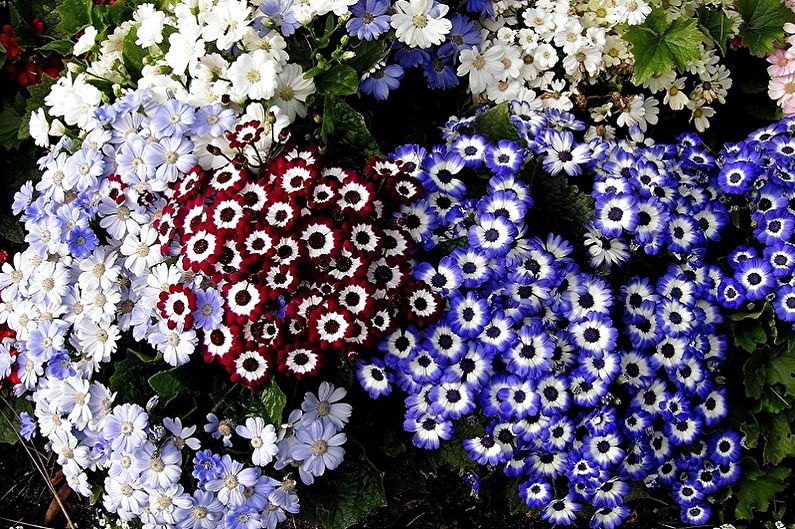
Where is cineraria used?
Most often, a beautiful cineraria is planted during the design of adjoining territories or drawing up landscape compositions. It looks great as the first plan of flower beds, to create a decorative border and decorate borders. Small bright flowers plant between the elements of stony masonry or compositions. Silver varieties look good next to bright colors.
Decorative varieties can be planted on the balcony or on the veranda. From different species that differ in shape and shade of inflorescences, you can create whole mixed compositions. Of the other plants, cineraria is most harmonious with phlox, petunia, marigold, sage, lobelia. Its branches are used in the preparation of bouquets and interior compositions.
At home, cineraria are planted on cool, bright window sills. Be prepared to provide her with additional lighting in the winter. The topsoil in pots should always remain moist. At the bottom, drainage holes are made for the outflow of excess water.
Watering home cineraria should be done carefully, not too abundantly, without touching the inflorescences and leaves. The plant needs constant access to fresh air, but disgustingly tolerates drafts. The main difference between cineraria in a house or apartment is the ability to extend its flowering period.
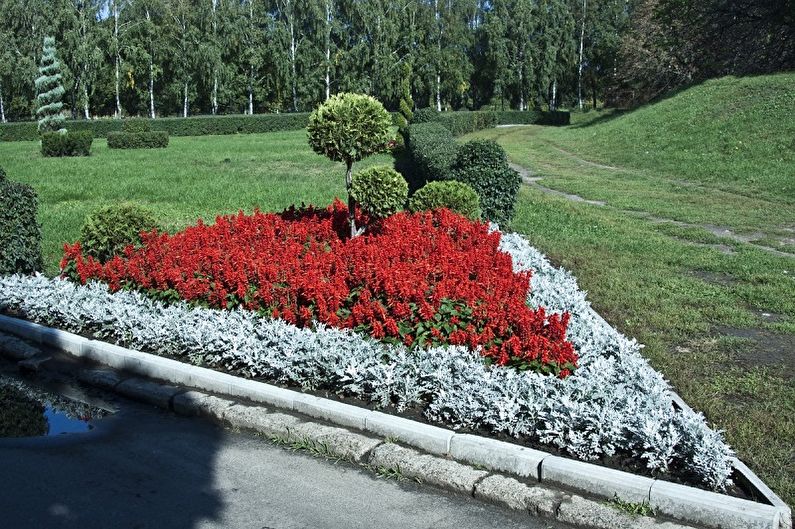
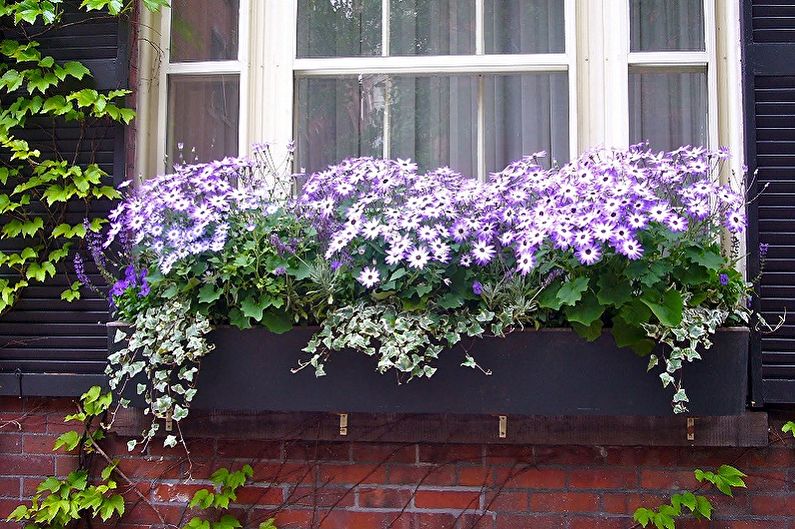
Types of Cineraria
There are several dozen types of cineraria. They differ in size, shape of foliage and flowers, shades and living conditions. Most often, in flower gardens, gardens and home sprouts, certain decorative varieties are used. All of them are divided into deciduous or flowering. The former are used in the background for other colorful plants, the latter are completely independent.
Bloody cineraria
This is an indoor variety that is best suited for home growing. He is known for bright, plentiful flowering. Leaves - openwork or oval, grow on tall stems up to 70 cm tall. Flowers can be any color.
The most popular subspecies are double bushes up to 70 cm with large flowers of contrasting two-tone color. This is an ideal option for a summer residence. Its alternative is a shrub with the eloquent name of "grandiflora" with large simple basket inflorescences. They reach 8 cm in diameter.The tall shoot of the stelpat up to 90 cm long with small and unusual flowers-baskets also looks great. It differs from other varieties by narrowed petals.
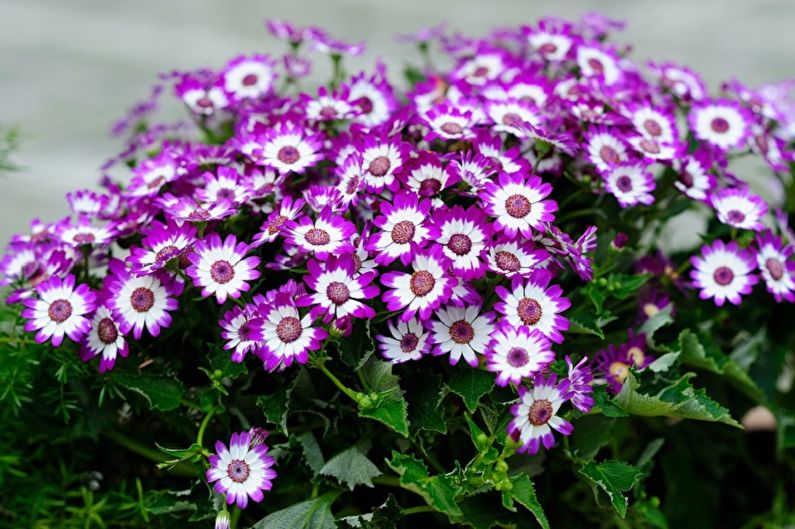
Cineraria Seaside
This is a silver perennial plant, known for its graceful and beautiful leafy. Bright green leaf plates thickened and segmented, completely covered with ash villi. The leaves on the stems are collected in elastic rosettes. Flowering of this variety of cineraria is inconspicuous, and the yellow baskets themselves are slightly in harmony with the silver tint of foliage. Most gardeners even cut buds, using this variety only for landscaping.
The most popular are two subspecies: a low-growing semi-artisanal openwork “silver dust” and a high, dense cirrus “cirrus” with rounded but elongated serrated leaves.
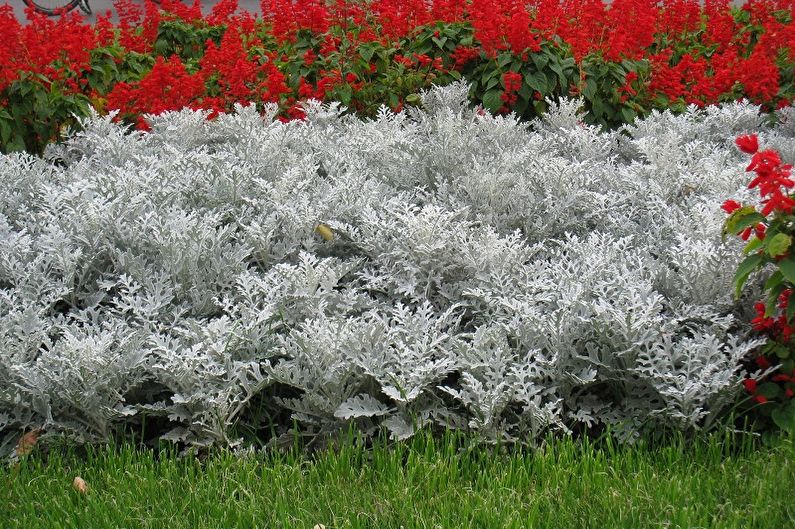
Fine cineraria
This is a branched spherical bush. Under favorable conditions, its height reaches 60 cm. Fleecy sheet plates are slightly sticky to the touch. Inflorescences - in the form of simple or terry baskets, which grow and group into a continuous corymbose inflorescence.
The most popular species: a small 25-centimeter "nana" with large pink flowers resembling a star with a blood-red center, and a medium bushy "ligulosus", the "chip" of which is a bright intense terry color.
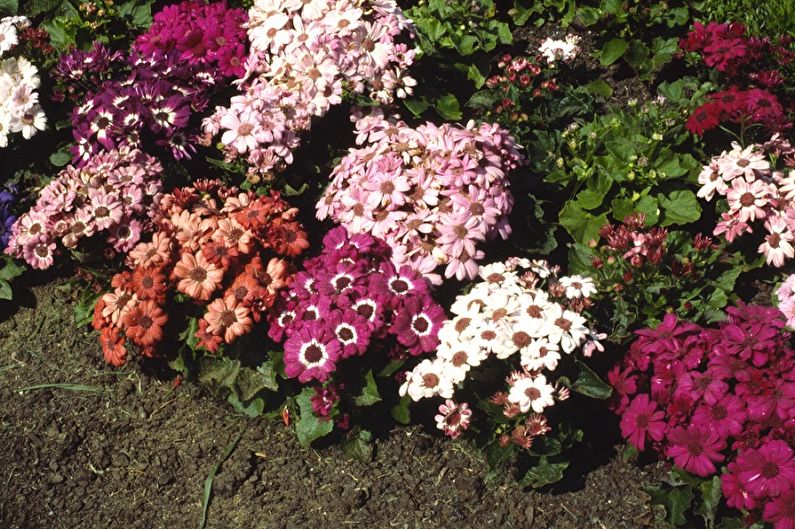
Cineraria Care
Caring for cineraria is very simple. Even beginners can handle this.
Before transplanting, peat, sand and some compost are introduced into the soil. Seedlings are planted at a distance of about 25 cm. To protect against temperature changes and preserve moisture, the ground must be mulched with peat.
Indoor varieties are planted in medium flowerpots. Leaf filler is used as filler, into which peat and compost are introduced, and pine bark and ash are used as useful additives.
The optimum temperature is about + 15C. If it rises to + 20C, the leaves wither. Short-term cooling to + 5C the flower withstands without problems, so at night it does not need to be transferred anywhere.
Cineraria loves moisture, but it is undesirable to wet leaves and stems because of the fleecy surface. At home, wet trays can be used. Expanded clay or pebble is well suited. Open ground on the street is better to water away from the roots.
It is important that the water does not stagnate, because this leads to rotting of the roots. Reanimating the root rhizome is not so simple. For this, a drainage is arranged. Also, at times you will have to gently loosen the ground and break the crust that forms when watering.
Wilted inflorescences are cut off before the start of leaf growth. Likewise, overly elongated bushes need to be shortened gradually.
In regions with frosty winters, cineraria grows in gardens and flower beds as an annual plant. With cooling, you need to dig it out, otherwise it will not survive the low temperatures.
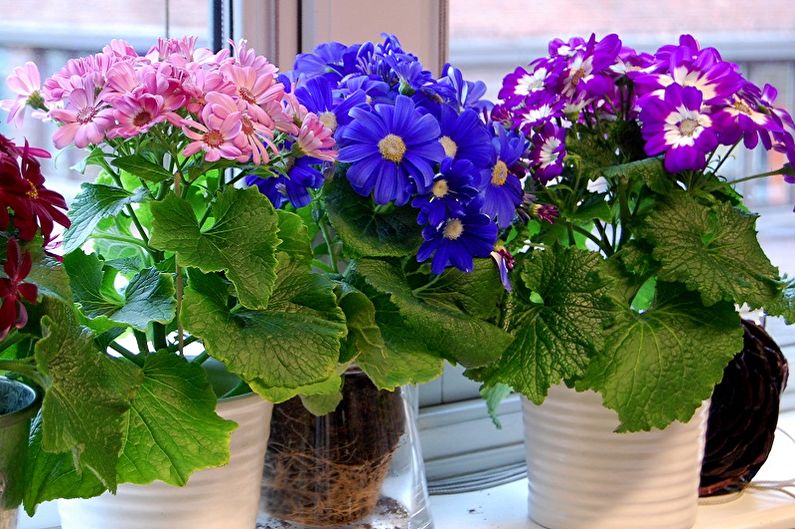
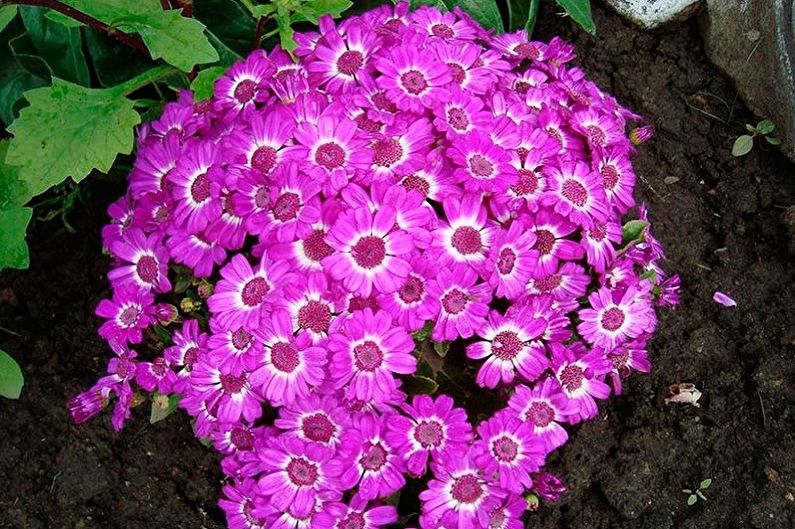
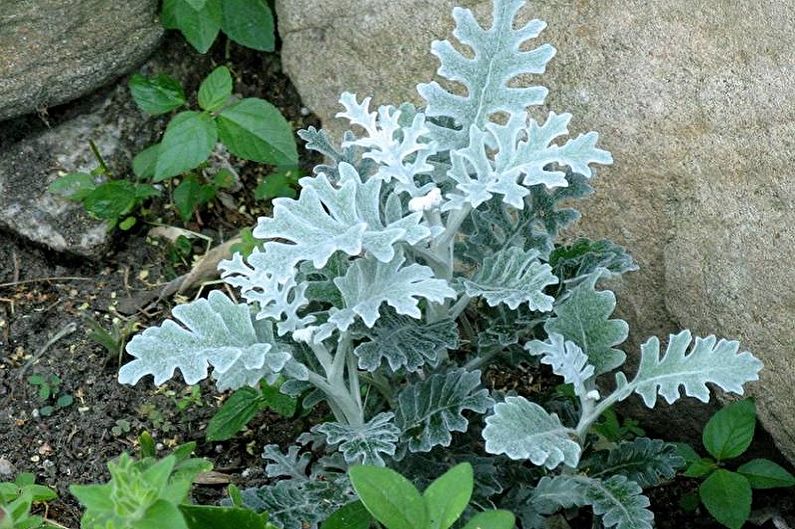
Transplantation and reproduction
Cineraria reproduces in three classic ways:
Division. Before flowering, the bush, which has already grown, is carefully removed from the ground and divided into several parts. It is important to preserve for each of them a part of the rhizome and aerial shoots. The first time after planting, it is better to keep the plant in a shady place until it fully adapts.
Cuttings. In summer, shoots are cut about 10 cm long. They are placed in water, the level of which is no higher than half of the cuttings. As soon as the first roots appear, the plant can be planted. Also, cineraria is well rooted immediately in the ground. The shoots must first be dried a little and planted in a moist substrate. Drainage is laid at the bottom. The soil is treated with a special antiseptic or a solution of potassium permanganate. Then the box is covered with a film and put away in a place with diffused dim lighting. Periodically seedlings need to be aired. Usually shoots take root within the first three weeks.
Seeds To grow a flower from seeds, seedlings are needed. Sowing begins in the middle of winter, then the first results can be seen in summer and autumn.Varieties with decorative foliage, such as marine cineraria, can be planted in the spring, and they will please their appearance by the beginning of summer.
Seeds are scattered on the surface of the sand-peat substrate in boxes and slightly pressed into the ground. Water the seedlings and tighten it with a transparent film. The first shoots are already visible within a week. Usually they are massive. With their appearance, the box can be rearranged in a warm, bright place.
In individual pots, the flower is planted after the appearance of at least two full leaves. In late spring, you can transfer the seedlings to the ground. To make it better to take root and not to damage the rhizome, they do this together with peat pots.
Any kind of flower is grown from seeds, and other deciduous ornamental plants are propagated by other methods.
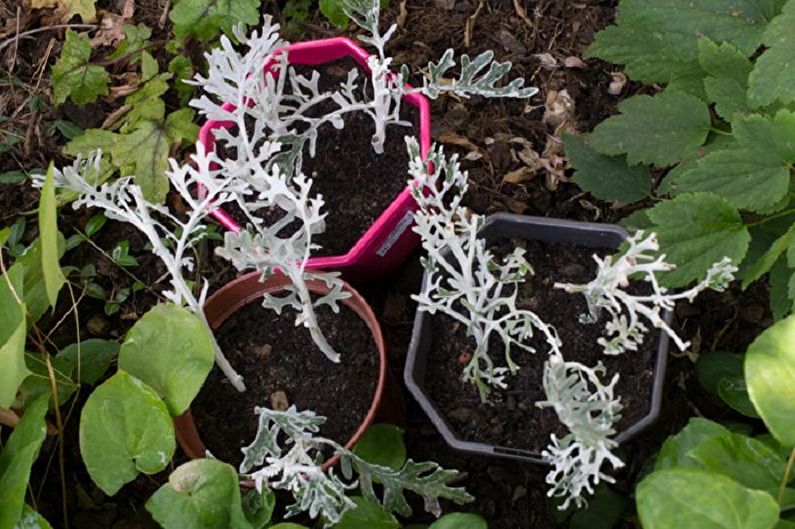
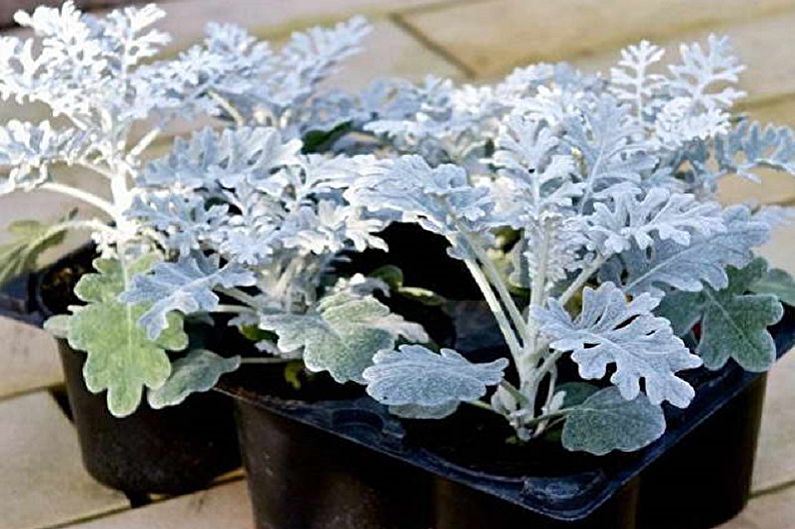
Pest and Disease Control
Cineraria is loved by gardeners, including for its resistance to diseases and pests. The most common problems are ticks, aphids, whiteflies. Invasions can be avoided. To do this, it is enough to treat the plants with insecticides and periodically inspect them for damage.
On poor soils, you need to take care of fertilizing. Optimal - water the bushes with mineral solution several times a month. With the onset of spring, mixtures with a high percentage of nitrogen are needed to form foliage, and in the summer with phosphorus to stimulate intense flowering. Periodically, store additives can be replaced with organic fertilizers, and then cineraria will grow beautiful and healthy.
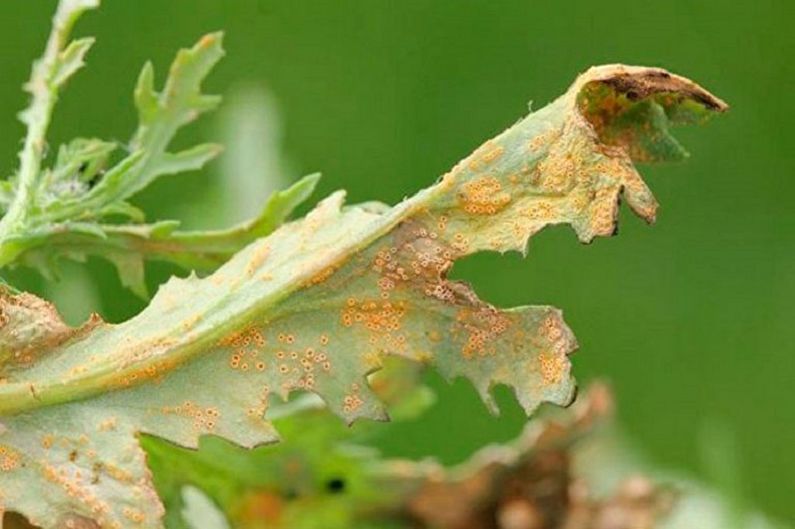
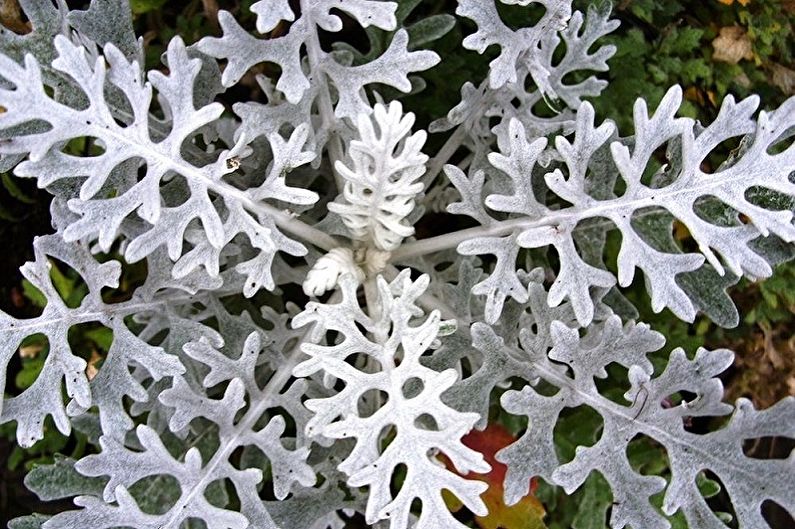
Cineraria - photo
Check out our selection of photos to find out what cineraria looks like and where to plant it better. Create your own home seedlings wisely!
